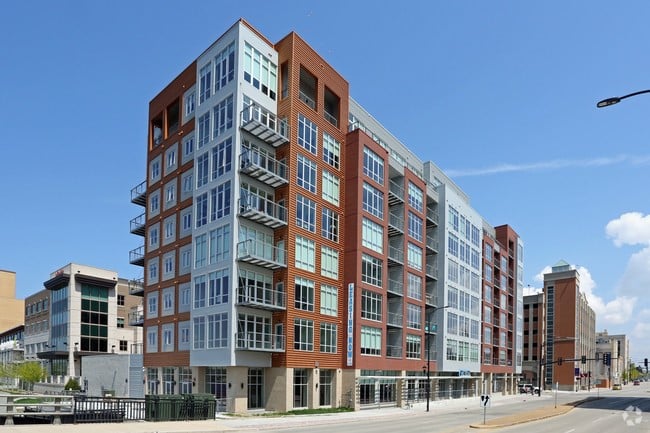Posted on March 1, 2024
Light Gauge Steel Framing: Balancing Strength and Sustainability in Construction

Light Gauge Steel Framing has become a popular choice in construction due to its ability to balance strength and sustainability. This type of framing system uses thin steel sheets that are cold-formed into shapes to create a structural framework for buildings. The lightweight nature of the steel makes it easier to transport and maneuver on the construction site, while still providing a high level of strength and durability once in place. This combination of strength and lightness offers several benefits in terms of construction efficiency and environmental impact.
One of the key advantages of Light Gauge Steel Framing is its strength. Steel is known for its high tensile strength, making it a reliable choice for structural support in buildings. The cold-forming process used to create the steel shapes further enhances its strength by aligning the steel grains in a way that increases its load-bearing capacity. This means that buildings constructed with light gauge steel framing have the ability to withstand heavy loads and adverse weather conditions, providing a level of safety and stability that is essential in construction.
Despite its impressive strength, light gauge steel framing is also a sustainable choice for construction projects. Steel is one of the most recyclable materials available, with a high recycling rate that minimizes waste and reduces the need for new raw materials. Additionally, the light weight of the steel sheets used in this framing system means that less energy is required for transportation and installation compared to heavier traditional building materials. This results in lower carbon emissions and a reduced environmental footprint throughout the construction process. By choosing light gauge steel framing, builders can contribute to a more sustainable future for the construction industry.
Another aspect of sustainability in light gauge steel framing is its long-term durability. Steel is resistant to many of the issues that can affect other building materials, such as rot, mold, and pests. This durability means that buildings constructed with light gauge steel framing have a longer lifespan and require less maintenance over time. This reduces the need for repairs and replacements, further extending the sustainable impact of the construction project. By choosing a framing system that is both strong and durable, builders can create structures that will stand the test of time while minimizing their environmental impact.
In addition to its strength and sustainability, light gauge steel framing offers a high level of design flexibility. The cold-forming process allows for a wide range of shapes and sizes to be created, enabling builders to customize the framing system to meet the specific needs of each project. This flexibility in design can lead to more efficient use of materials and space, as well as greater architectural creativity. Whether constructing a residential home, commercial building, or industrial facility, light gauge steel framing provides builders with the tools they need to bring their vision to life.
As the construction industry continues to prioritize sustainability and efficiency, light gauge steel framing has emerged as a valuable solution that balances strength with environmental responsibility. By choosing a framing system that offers both durability and sustainability, builders can create structures that are not only safe and stable but also kind to the planet. With its high strength, recyclability, and design flexibility, light gauge steel framing is rapidly becoming the go-to choice for forward-thinking construction projects. As we look to build a more sustainable future, light gauge steel framing will play a crucial role in shaping the buildings of tomorrow.
